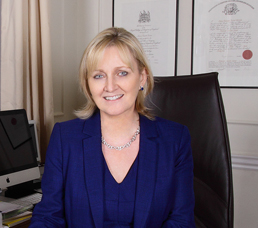We have discussed exercise for arthritis on this blog and website many times. We’ve chosen it as our first topic of the month for 2018 because it cannot be underestimated. Exercise can really improve the symptoms for many arthritis patients and it also boosts energy, builds stronger muscle and can help prevent disability.
Benefits of Exercise
Increasing your activity levels once you receive an arthritis diagnosis can be a great idea. Doing exercise will not do more damage to your joints. This is a popular misconception which needs to be disregarded. Exercise helps to strengthen muscles and releases endorphins, great for the mental health. Endorphins are also the body’s natural painkillers which can help to reduce any pain around your joints too. It’s also ideal if you need to lose weight as excess weight adds pressure to your joints which are already sore from the inflammation the disease causes. Many arthritis patients find their pain lessens and their energy increases once they begin regular exercise.
The exercise you choose does not need to be vigorous. It can be if you wish but it is something you should discuss with your healthcare team. Most arthritis patients can carry out any exercise. However, you should discuss your plans with your doctor, who may have recommendations. Something as gentle as Tai Chi or swimming can be just as effective as contact sports or energetic gym sessions.
Different types of Exercise for Arthritis
There are three main types of exercise. If possible, people should try and do a combination of all three to get the best health benefits. The three types to consider are:
- Flexibility exercise: stretching and similar exercises to improve mobility
- Aerobic exercise: to build your cardiovascular health and stamina
- Resistance exercise: to improve and build muscle strength, and help to reduce pain
No one should live a fully sedentary life. This is especially true if you have arthritis. Resting your joints too long and too often can result in more pain and difficulty in the long run. The more active you can be, the better your chances of managing your pain and maintaining your mobility.



